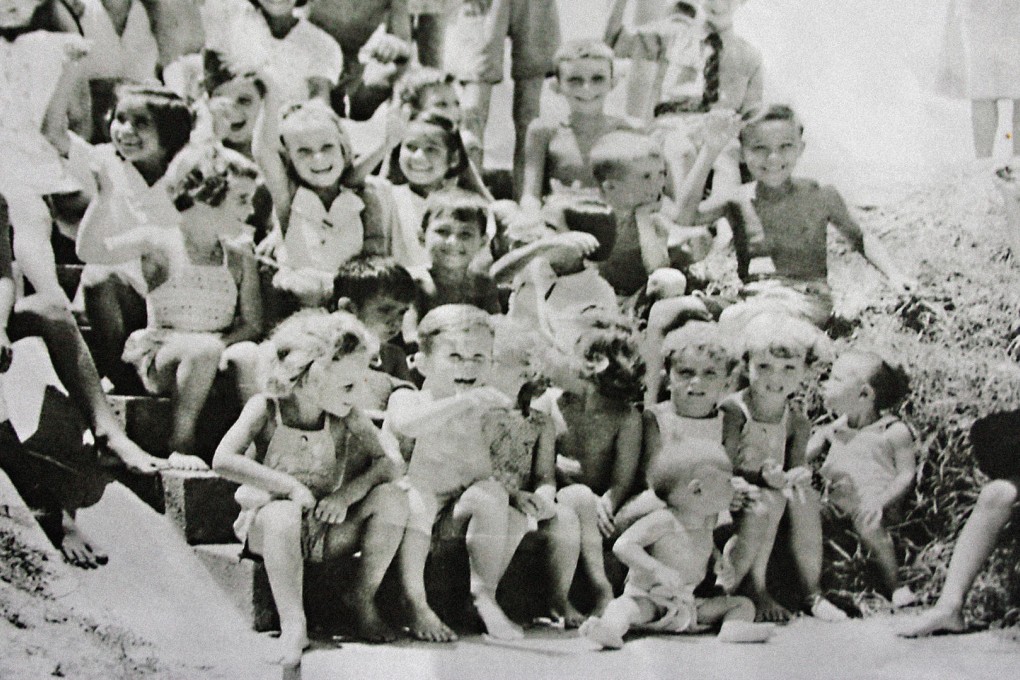Then & Now | How Hong Kong’s POWs kept up their spirits through learning
Internees showed a thirst for knowledge even in the toughest circumstances, writes Jason Wordie

As the quality of a broad-based liberal education becomes annually more debased by the short-term careerist objectives of those responsible for teaching it, particularly at the tertiary level, the extraordinary efforts made in the past to obtain knowledge for its own sake come to mind.
Perhaps the most unusual examples of learning purely for enjoyment were the extramural classes voluntarily conducted and attended in prisoner-of-war and civilian internee camps in the first half of the 20th century.
More than 130,000 men went into captivity with the fall of Singapore to the Japanese in February 1942; some 10,000 became prisoners-of-war in Hong Kong on Christmas Day 1941. Constructively using the otherwise long and idle days was vital to morale. Only days after the first military prisoner-of-war camp opened in Hong Kong, extramural classes began: the command education officer, Major W. de B. Wood (a barrister, prewar), opened a lecture scheme.
A similar educational programme took place in Singapore, though it was more extensive, given that island’s greater number of prisoners-of-war. Classes there became known as “Changi University”, due to the location of the main prisoner-of-war camp on the island.
Singapore, Malaya and Hong Kong all had locally raised volunteer defence corps. These men were drawn from all walks of life, and ranged from senior government officials and university lecturers to botanists and dockyard foremen.

Cantonese, Urdu and Spanish; art appreciation; Eastern philosophy; yacht building; weather forecasting – to name but a few subjects – all were taught to enthusiastic audiences.
